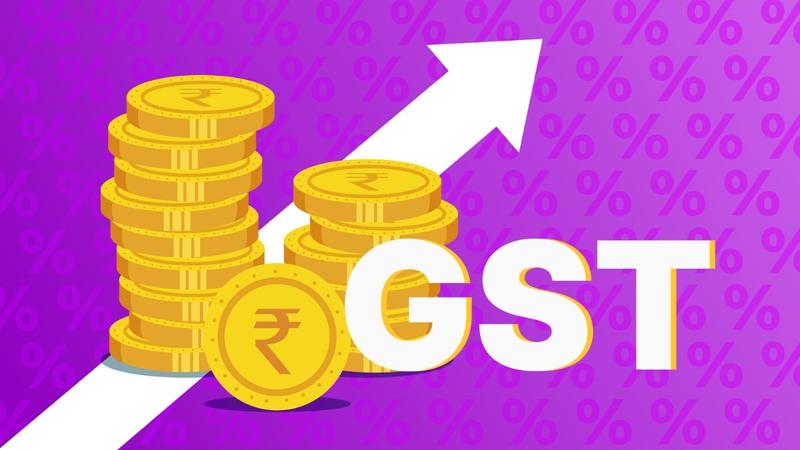Published 12:56 IST, July 1st 2024
GST marks 7 years: simplification and challenges persist
GST revenues have surged from Rs 90,000 crore in 2017-18 to Rs 1.90 lakh crore in 2024–25, reflecting improved tax efficiency.

Republic | Image:
Republic
- Listen to this article
- 4 min read
Advertisement
17:26 IST, June 30th 2024